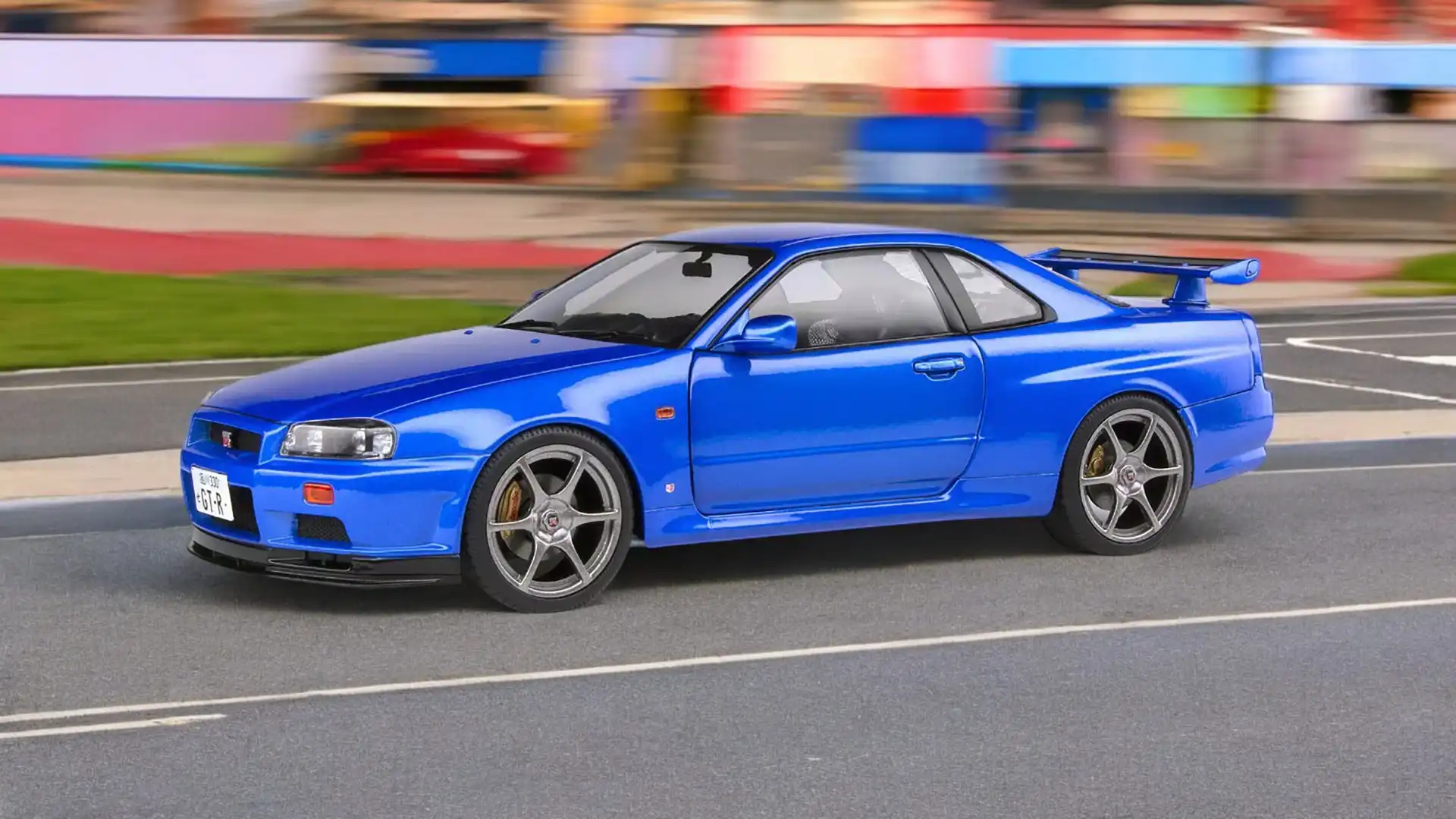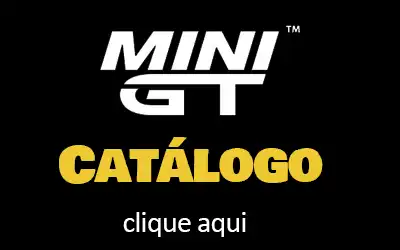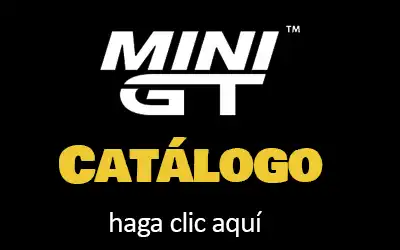The Nissan Skyline, a name synonymous with performance and innovation, has carved a unique place in automotive history. From its humble beginnings as a family sedan to its iconic status as a high-performance powerhouse, the Skyline’s evolution is a testament to Nissan’s engineering prowess and unwavering pursuit of excellence.
Origins and Early Development (1957-1968)
The Skyline’s story begins in 1957, not with Nissan, but with the Prince Motor Company. The first Skyline, the ALSI-1, was a luxury sedan designed to compete with high-end European models. It featured a 1.5-liter GA-30 engine, offering a respectable blend of comfort and performance for its time.

Prince Motor Company’s commitment to innovation led to the development of the S50 series in 1963. This generation introduced the 2.0-liter G7 engine and, crucially, the GT variant, which hinted at the performance potential that would define the Skyline’s future. The GT featured a more powerful engine and improved handling, setting the stage for the legendary GT-R.




In the late 1960s, Prince Motor Company merged with Nissan, marking a pivotal moment in the Skyline’s history. Nissan’s engineering resources and global ambitions propelled the Skyline into a new era.
The third generation Skyline, known as the C10, was released in 1968 and nicknamed “Hakosuka” (meaning “box skyline”) for its boxy design. The Hakosuka was a four-door sedan powered by the legendary 2.0-liter S20 inline-six engine, a masterpiece of engineering derived from the Prince R380 race car. This engine, with its dual overhead camshafts and three Weber carburetors, produced a remarkable 160 horsepower.
The C10 lineup included stylish commercial vehicles like the “Estate” and “Van,” which featured the appealing “Surfin’ Line” design.

The Birth of the GT-R
In February 1969, they launched the “Skyline 2000GT-R,” a high-performance car designed for touring car races. The expertise from the prototype race car “R380” was integrated into a sedan body, featuring a re-engineered 4-valve DOHC engine.
The Skyline 2000GT-R debuted at the “JAF GP” in May 1969 and quickly gained recognition by winning 52 races before the Nissan works team withdrew in October 1972. The car’s body style was updated to a 2-door hardtop in the autumn of 1970.

The “2000GT-X,” featuring a SU twin carburetor engine with 130 ps of power, was introduced in September 1971 as a top variant of the 2000GT line.
In September 1972, Nissan introduced a new Skyline model, the “Skyline 2000GT-R Racing Concept Coupe”, at the 19th Tokyo Motor Show. With the number 73, it was intended for the 1973 racing season. However, the Nissan works team halted operations to focus on developing anti-pollution technologies and improving fuel efficiency.
The oil crisis of the 1970s severely impacted the demand for high-performance vehicles, leading to the GT-R’s discontinuation after only a year.


The Skyline continued as a series of sedans and coupes as the performance legacy of the GT-R seemed to fade. However, Nissan continued to develop the Skyline line.




The sixth generation of the Skyline, known as the Type R30, was launched in August 1981. For its advertising campaign, the actor Paul Newman, a well-known figure in racing circles, was hired, and the catchy slogan “New Love Skyline” grabbed a lot of attention. Both the 6-cylinder and 4-cylinder models featured bodies with the same nose length. Additionally, a 5-door hatchback was introduced, while the estate wagon was discontinued.



The seventh generation of the Skyline, known as the R31, was launched in August 1985. This model reintroduced the 6-cylinder DOHC engine. In the autumn of that same year, a race-specification version was showcased at the Tokyo Motor Show, capturing the attention of many visitors. Starting in 1986, the R31 competed in the All Japan Championship, where driver A. Suzuki secured victories in both the Constructor and Driver categories.


The GT-R’s Revival and Global Acclaim (1989-2002)
The Skyline GT-R’s resurgence began in 1989 with the introduction of the eight generation, the R32. This generation marked a technological leap forward, featuring the revolutionary ATTESA E-TS all-wheel-drive system and the potent twin-turbocharged inline-six engine. The R32 GT-R’s dominance in motorsports, particularly in the Japanese Touring Car Championship and the Australian Touring Car Championship, earned it the nickname “Godzilla.”

The ninth generation, known as the R33 GT-R, was launched in 1993, building upon the R32’s legacy with enhancements to its performance and handling.



The 10th generation, known as the R34, was introduced in 1998. It featured a body with high rigidity, which enhanced its performance while still providing ample interior space within a more compact design. The top-performance model, the “GT-R,” was launched in 1999. The “V-Spec” variant gained significant attention due to its improved performance, achieved through specialized aerodynamic parts, custom-tuned suspensions, and an active limited-slip differential (LSD), all complemented by a racing-inspired design.

The Modern Era: The R35 GT-R (2007-Present)
In 2007, Nissan introduced the R35 GT-R, a standalone model that diverged from the Skyline lineage. While it retained the spirit of its predecessors, the R35 was designed as a global supercar, engineered to compete with the world’s best.



The R35 GT-R features a 3.8-liter twin-turbocharged V6 engine, a sophisticated all-wheel-drive system, and advanced electronic controls. Its continuous evolution has seen numerous performance upgrades, ensuring its competitiveness in the modern supercar landscape.


Legacy and Impact
The Nissan Skyline’s journey is a testament to the pursuit of performance and innovation. From its humble beginnings as a family sedan to its iconic status as a high-performance legend, the Skyline has left an indelible mark on the automotive world. Its influence extends beyond the racetrack, inspiring generations of enthusiasts and shaping the landscape of performance cars.
The Skyline’s legacy lives on, not just in the R35 GT-R, but in the hearts of car enthusiasts worldwide, who cherish its history and celebrate its enduring spirit. The Skyline’s evolution is a story of continuous improvement, a relentless pursuit of perfection, and a testament to the power of automotive passion.
The Miniatures
Solido 1/18






Autoart 1/18



1/43 – Ebbro and Kyosho


Inno 64 1/64

Mini GT 1/64


Tomytec 1/64


Hot Wheels 1/64


















